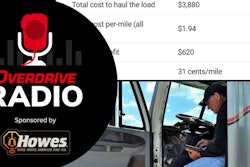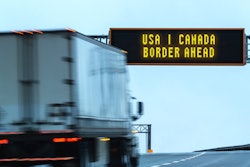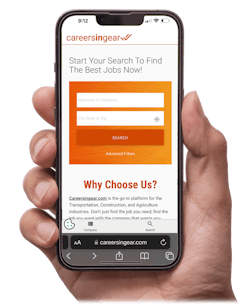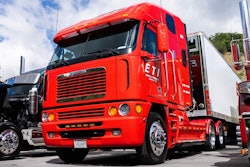
The onboarding period for carriers in the Federal Emergency Management Agency's Tender of Service Program (STOS) opened Monday, February 3. Requirements in some ways resemble the Department of Defense's Surface Deployment and Distribution Command's contracting rules, requiring registration in various systems.
While FEMA disaster work is somewhat common for owner-operators and small fleets in Overdrive's audience, most will contract for such work through a broker or leased to a carrier that's part of FEMA's STOS. Yet it's at least possible for owners with authority to contract directly with the agency. Among those who've completed the process in the past is Walkabout Transport owner-operator Debbie Desiderato.
She's also hauled FEMA loads through brokers and companies like Crowley, the 3PL that also happens to manage the Defense Freight Transportation Services freight-outsourcing contract with the Pentagon.
[Related: Hurricane Helene: Where are all the FEMA load postings?]
Desiderato called the registration process for contracting directly with the agency something of a "pain in the [you-know-what]," yet for owners with authority it can be done.
For FEMA STOS, details on how to get newly set up in FEMA's system as a transport provider are laid out in detail via this link, and for carriers new to the process it starts with establishing a SAM.gov account, where rules note you'll be required to provide quite a lot of information about the business (a registration checklist is available for download here). Getting set up in SAM.gov can itself take 15 days or longer.
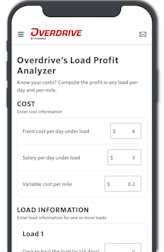
As with the Pentagon's process through SDDC, you'll need a Standard Carrier Alpha Code from the National Motor Freight Traffic Association. You will need both U.S. DOT and MC numbers, a valid credit card and an email address for filing online. Fee: $90. You'll also ultimately need to be set up with an account for electronic payments with U.S. Bank Freight Payment, powered by Syncada. U.S. Bank takes a small percentage of every transaction, and a nominal setup fee is levied. Follow this link or contact custom support direct at [email protected], 800-417-1844.
Carriers apply to be a part of the STOS directly with FEMA, completing a variety of forms available for perusal via this link. To be an approved service provider in FEMA's system, carriers must meet a variety of other conditions, including having the appropriate operating authority to do the work sought and:
- Maintaining a minimum of $300K worth in cargo insurance.
- Maintaining liability insurance as required by federal, state, and local regulatory agencies.
- Likewise, specific liability insurance for transporting hazardous cargo, if you're such material.
- Maintaining a physical office and an authorized representative within the United States or its territories.
Carriers must contract during the open onboarding period every program year (which officially starts in July), FEMA notes, and this year's deadline for filing all appropriate documentation is March 28.
[Related: On a Hurricane Harvey relief mission with owner-operator Bill Ater]
The agency is hosting a live virtual "STOS Industry Day" Q&A session for truckers and other transport providers this coming Monday, February 10. Those interested can register to participate in the Q&A via this link.
As for owner-operator Desiderato, she's foregone FEMA contracting for the most recent years, citing a decline in rates with policies that favor low-cost carriers, she said. "When it comes to bottled water, ice, cots, tarps, MREs and generators," she said, "van and flatbeds are lowballed" in some ways, particularly since 2018. Costs associated with disaster response to hurricanes that year, including Florence's disastrous flooding in the Carolinas and Michael in the Gulf (and the prior year Hurricane Harvey, which brought unprecedented flooding to the Texas Gulf Coast).
 This chart, from a 2022 Congressional Budget Office analysis of disaster relief spending, shows annual spending in the billions of dollars up through year 2021. "Excluding pandemic-related spending," CBO wrote, "annual spending over the 2005-2021 period was $12.5 billion, on average," yet 2018 far exceeded that level.
This chart, from a 2022 Congressional Budget Office analysis of disaster relief spending, shows annual spending in the billions of dollars up through year 2021. "Excluding pandemic-related spending," CBO wrote, "annual spending over the 2005-2021 period was $12.5 billion, on average," yet 2018 far exceeded that level.
Desiderato feels FEMA "learned a big lesson" after 2018, and now stockpiles "a lot of the usual disaster relief supplies" closer to Gulf areas, too, limiting her opportunities logistically (she's headquartered in Virginia).
[Related: Avenues toward getting access to military freight]





